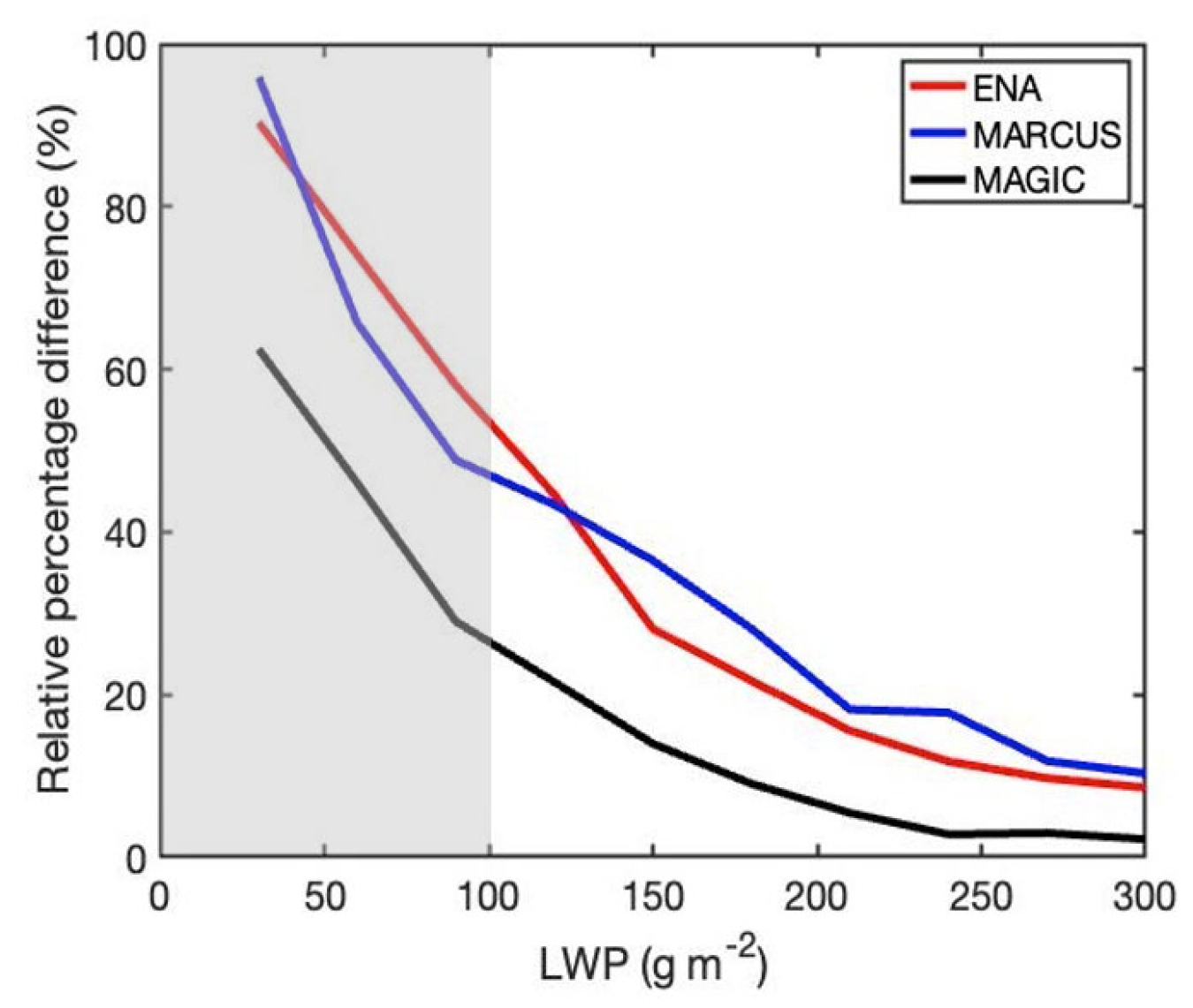
The Science
Drizzle is light precipitation in droplets smaller than rain drops. Detecting drizzle in its early stages in marine stratocumulus clouds is important for studying how water in these clouds becomes rainfall. These clouds form off the west coasts of large land areas and are important to the Earth’s energy balance. Drizzle and rain formation can alter their lifetime, structure, and how much sunlight they reflect to space. However, detecting the initial stages of drizzle is challenging for ground-based remote-sensing observations. Researchers developed a machine-learning-based approach using unique radar Doppler spectra observations to identify the early stage of drizzle drops.
The Impact
The results demonstrate that drizzle is far more frequent than previously recognized by traditional methods. The method also provides essential information on light precipitation. This information challenges the detection limits of satellite-borne observations used in precipitation climate analyses for global climate model (GCM) evaluation.
Summary
Researchers commonly use radar reflectivity from millimeter-wavelength radar for drizzle detection, but it is unable to identify weak drizzle signals. Doppler skewness—a measure of Doppler spectral symmetry—has proven to be a more sensitive quantity for the detection of drizzle embryos. In this study, researchers from Brookhaven National Laboratory and Stony Brook University detected small drizzle droplets using a newly developed machine-learning technique from unique drizzle retrievals based on radar reflectivity and skewness from millimeter-wavelength radars operated by the Department of Energy’s Atmospheric Radiation Measurement (ARM) user facility. The researchers evaluated the drizzle detection algorithm on aircraft in situ measurements and then applied them to ARM observational campaigns at three different sites (Eastern North Atlantic [ENA], Measurements of Aerosols, Radiation, and Clouds over the Southern Ocean [MARCUS], and Marine ARM GPCI Investigation of Clouds [MAGIC]) to investigate drizzle occurrence in marine stratocumulus clouds.
The results show that drizzle is far more ubiquitous than previously recognized, and that the traditional approach significantly underestimates the drizzle occurrence, especially in thin clouds with low liquid water paths. Drizzle occurrence in marine boundary-layer clouds differs among the three ARM campaigns, indicating that drizzle formation and distribution is regime dependent, controlled by microphysical and dynamical processes in the local region. Further, spaceborne radar (i.e., CloudSat) observations used to generate precipitation climatologies have low sensitivity in the light precipitation region. The new method provides essential information in this region to challenge the conventional light precipitation climatology and can be used to improve the warm rain parameterization in GCMs.
Contact
Zeen Zhu
Brookhaven National Laboratory
[email protected]
Pavlos Kollias
Stony Brook University
[email protected]
Funding
Zeen Zhu's contributions have been supported by the Department of Energy (DOE) Office of Science, Atmospheric System Research (ASR) program’s Eastern North Atlantic Site Science award. Pavlos Kollias, Edward Luke, and Fan Yang have been supported by the DOE Office of Science ASR Program (contract no. DE-SC0012704).
Publications
Zhu, Z., Kollias, P., Luke, E., and Yang, F., New insights on the prevalence of drizzle in marine stratocumulus clouds based on a machine learning algorithm applied to radar Doppler spectra." Atmospheric Chemistry and Physics, 22, 11 (2022). [DOI: 10.5194/acp-22-7405-2022]

